
Removing an old lawn is often necessary to plant new grass or build a new outdoor structure. Find out what to budget for your lawn removal cost.
Learning what an overwatered lawn looks like can save you time (and water)


Discoloration and mushy soil are common signs of overwatering.
Signs of overwatering and underwatering your grass can be similar.
Overwatering your lawn can damage the grass in the long run.
To restore your lawn, water it less, aerate it, and find a way to dethatch it.
There's a sweet spot when it comes to watering your lawn. Too little water, and you could end up with a dust patch. Too much water and your lawn might become a swamp. Signs of overwatered grass can be simple to spot if you know what you’re looking for. Read on to understand the warning signs of an overwatered lawn and what you can do to fix it.
Recognizing early warning signs is important, but figuring out the right fix isn't always simple. Delaying professional help or attempting complex DIY repairs can lead to further damage and increased costs. With our network of local pros, you can hire a skilled professional to assess the issue and recommend the best solution.

In a perfect world, everyone would make their grass green and lush year-round. But a yellow, brown, or even pale green lawn signals moisture issues.
But, this is where things can get confusing. Discolored grass could indicate your lawn is either under or over-watered. Discolored grass is the first sign something is wrong with your lawn, but you’ll need to explore your yard further to determine if under or overwatering is the culprit.
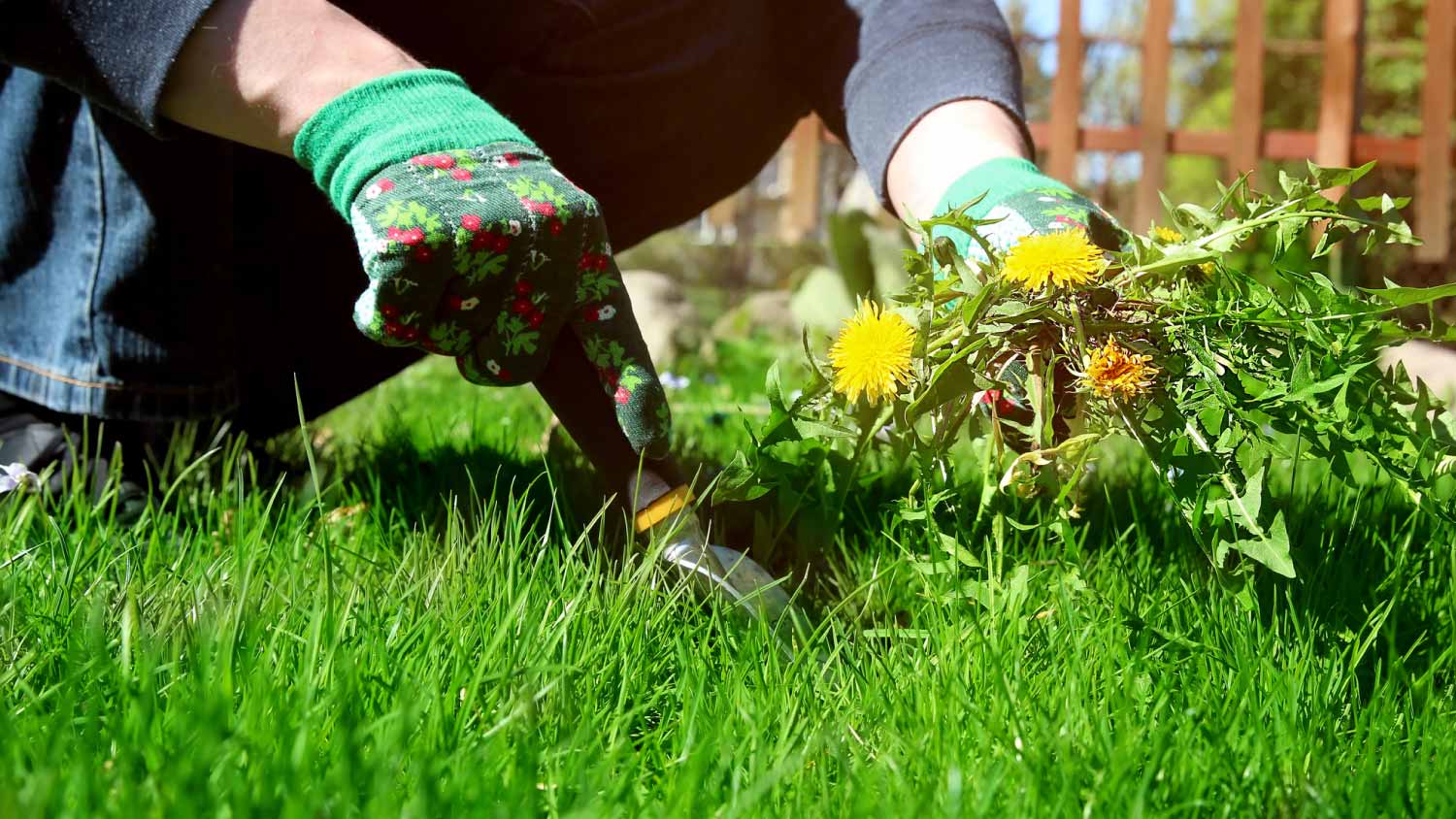
Wet, overwatered lawns are a perfect place for weeds to thrive, overpowering green grass. If you notice any weeds cropping up on your lawn, you may need to cut back on watering.
The weeds that crop up in your grass will vary by region, but generally, if you notice a surge of spindly crabgrass or yellow nutsedge on your lawn, it may be overwatered.
Waking up to a stark white mushroom field popping up in your backyard overnight? Mushrooms crop up quickly, especially on wet, low-light lawns. It’s perfectly normal and even good for your lawn to sport a few spores after heavy spring rainfalls. It means the “healthy” fungus present in your soil is working. But if those mushrooms don’t break down quickly or start popping up all over the lawn even when there hasn’t been rain, it’s a sign that the soil is overwatered.
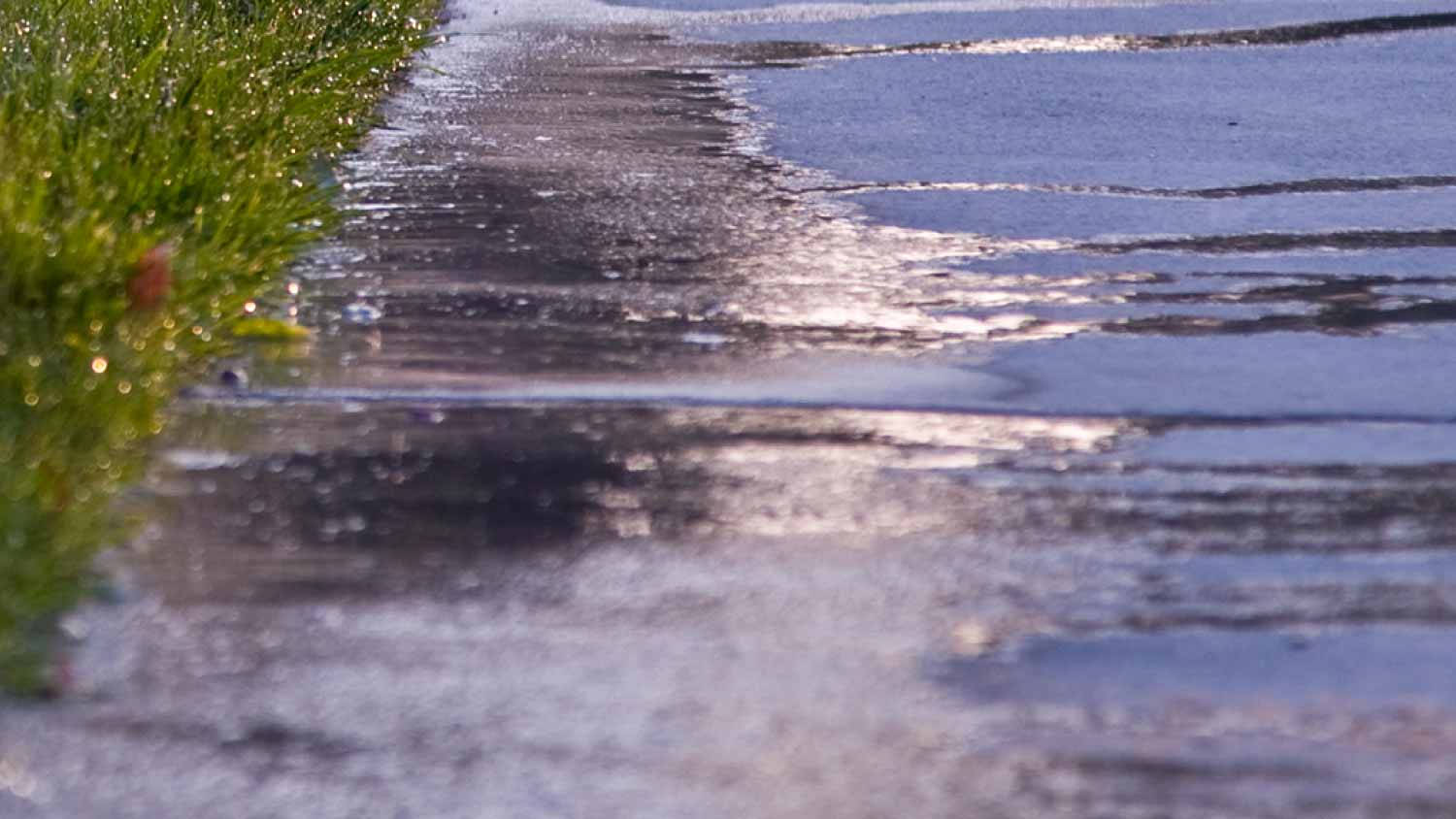
Waterlogged lawns can only take so much moisture, meaning runoff needs to go somewhere. A lawn with too much water will lead to sidewalk and driveway runoff.
If your lawn is thinning out or dying, it may signal your lawn is over or underwatered. Overwatering can drown the roots, killing them. But a lack of water will do just the same.
If you’ve been drowning your lawn in moisture, you may notice thin patches across the yard. Luckily, learning how to fix patchy grass is simple as long as you can identify the root cause of the problem.
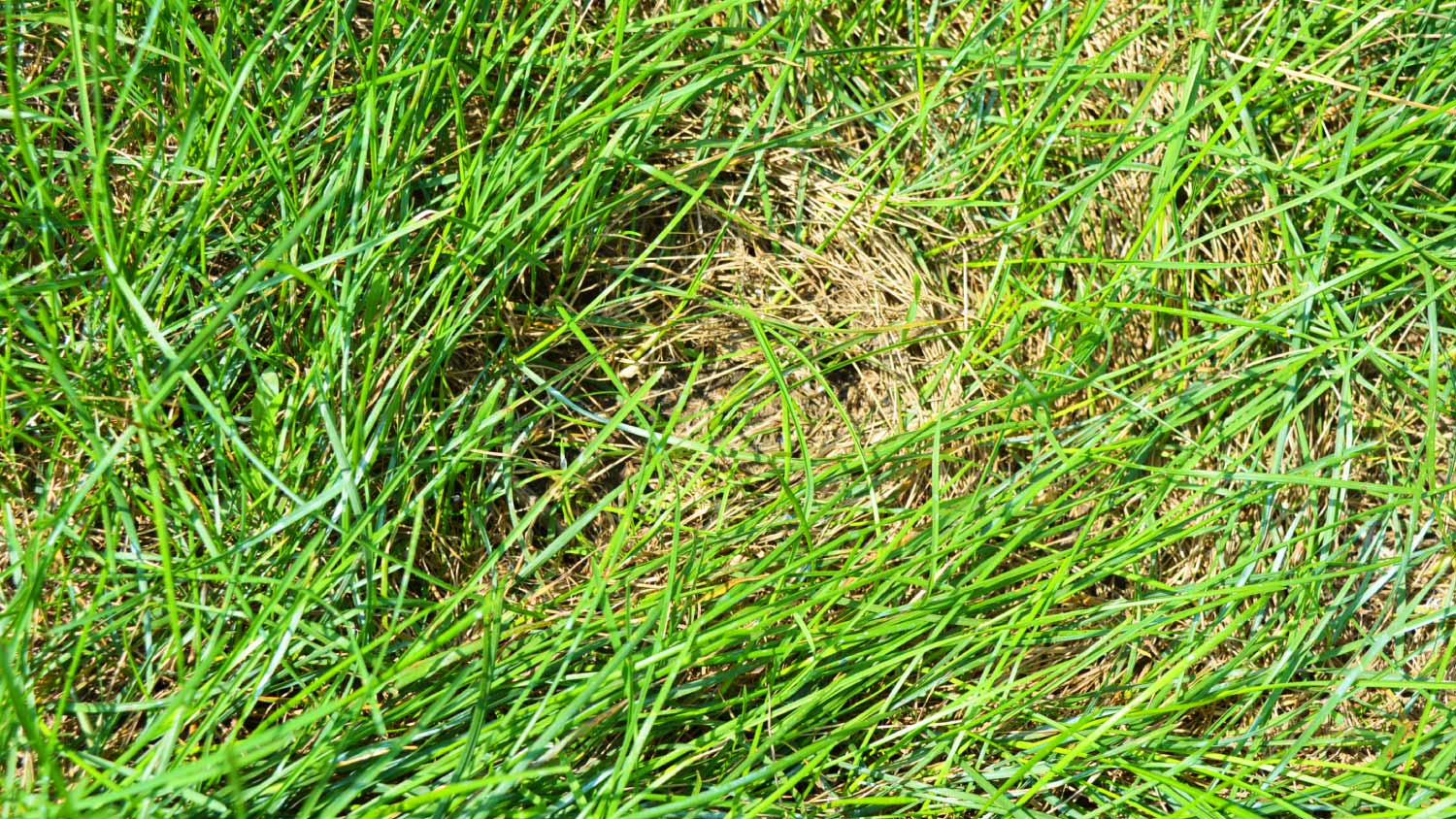
Thatch is a layer of growth that sits between the soil below and living grass above. Thatch is a natural part of the lawn that includes roots and plant materials breaking down into the soil.
When a lawn has too much water, the soil and grass can’t break down the thatch as quickly, meaning it piles up and becomes visible on the lawn. Too much thatch can damage the root system of your grass, preventing it from getting oxygen and other nutrients to help it grow healthy, green, and strong.
A bare spot can be confusing, as it can signal both overwatering and underwatering. In the case of overwatering, you’re more likely to experience bare patches as a result of thatch growing on the lawn and choking out nutrients and oxygen to the healthy root system.
Examine your bare patch. Is it a thick layer of thatch? If so, it’s likely due to overwatering. If you don’t see thatch, the bare spot could be a result of foot traffic, lawn chemicals, or even wild animals.
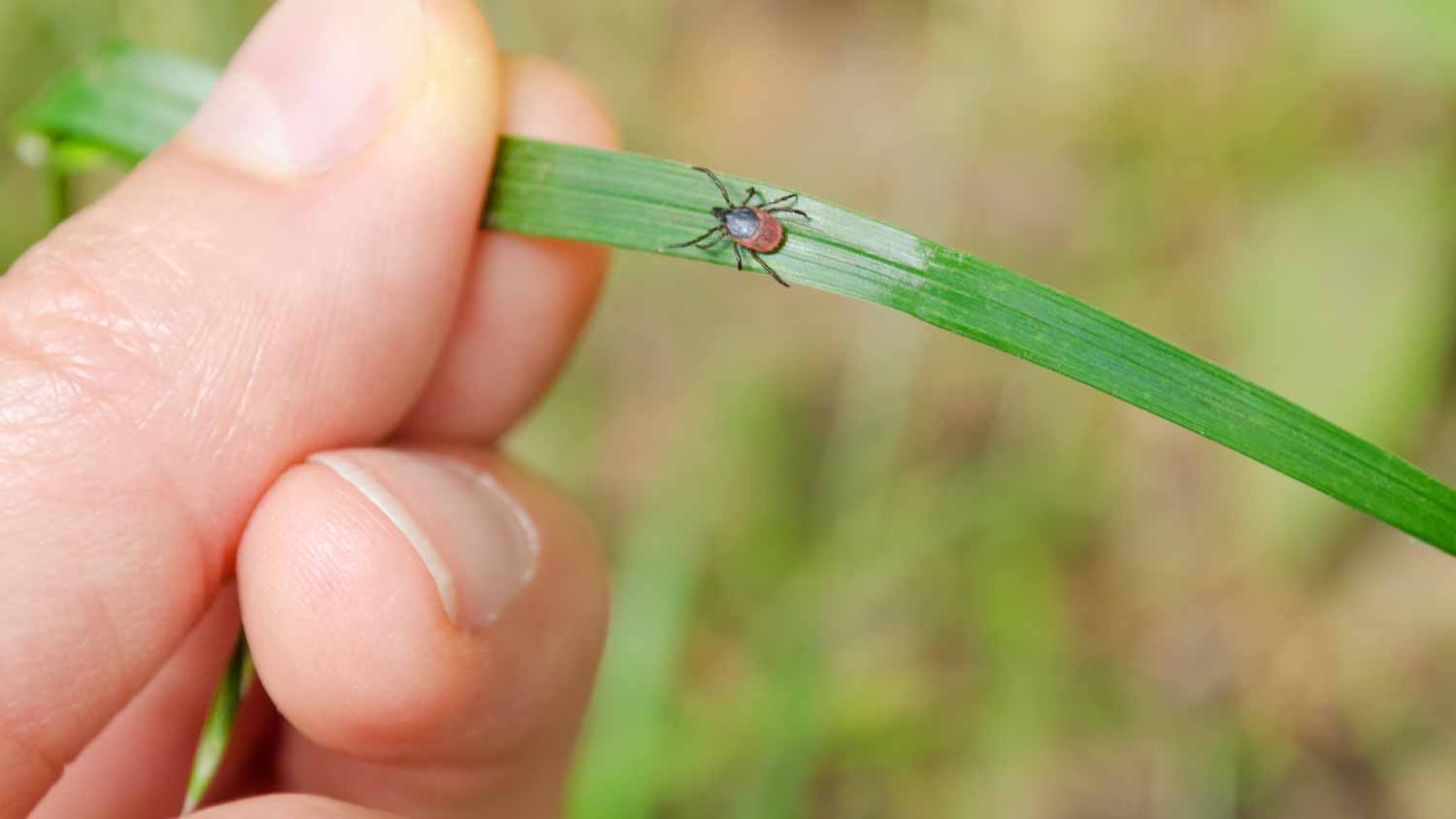
When you’re spending time outside, bugs are, unfortunately, unavoidable. But, how many bugs are too many?
If you want to get scientific, the average lawn will have between 10 to 15 bugs per square foot. If you’re seeing much more, in the neighborhood of 100 per square foot, it could be a sign of problems with your lawn.
However, some of these bugs can’t be seen with the naked eye. Instead, you’ll see their damage in a patchy yard with patches of yellow or browning grass. When their population is out of control, white grubs, hairy chinch bugs, and sod webworms will damage your lawn.
Lawn looking stunted? Not growing as fast as it used to? This might be due to overwatering. Too much water flushes nutrients from the soil, inhibiting healthy growth.

If a walk through your lawn leads to soggy shoes, your lawn might be waterlogged. While this can happen naturally after a nasty storm surge, it can be a sign of overwatered grass if the lawn is soggy in the middle of the sunny summer.
If you’ve noticed one or more of these common signs of overwatered grass in your yard, it’s time to take action. Here’s how you can restore your lawn to a lush green landscape.
Aerating your lawn basically means poking lots of holes in the soil. You can aerate a lawn by hand with a manual tool, rent a mechanical power aerator, or use newer chemical “liquid” aerators.
No matter which method you use, aerating your lawn will puncture it in an effort to help moisture, nutrients, and oxygen reach the root system. In the case of an overwatered lawn, aerating can loosen up a soaked root system, distributing and moving the moisture.
Watering less may be obvious, but it’s easier said than done. If you use a drip irrigation system, you may not even be aware of where your lawn is being overwatered. Try looking for leaks in the system, and learn how to find sprinkler heads covered by grass, which could be the culprit.
Taking a rake to your grass can help dethatch it, breaking up the thick layer of dead grass between the soil and green grass.
Alternatively, you can also purchase chemical dethatching products at your local home or garden store.
From average costs to expert advice, get all the answers you need to get your job done.

Removing an old lawn is often necessary to plant new grass or build a new outdoor structure. Find out what to budget for your lawn removal cost.

The cost to renovate your lawn depends on the extent of the damage. Our guide will show you how much lawn renovation costs.

How much it costs to rent a lawn aerator depends on what kind you rent and how long you rent it for. Read on for the full details.
Fertilizer burns can result in discolored or dead grass. These nine tips will help prevent lawn burn and keep your yard looking healthy and green with fertilizer.
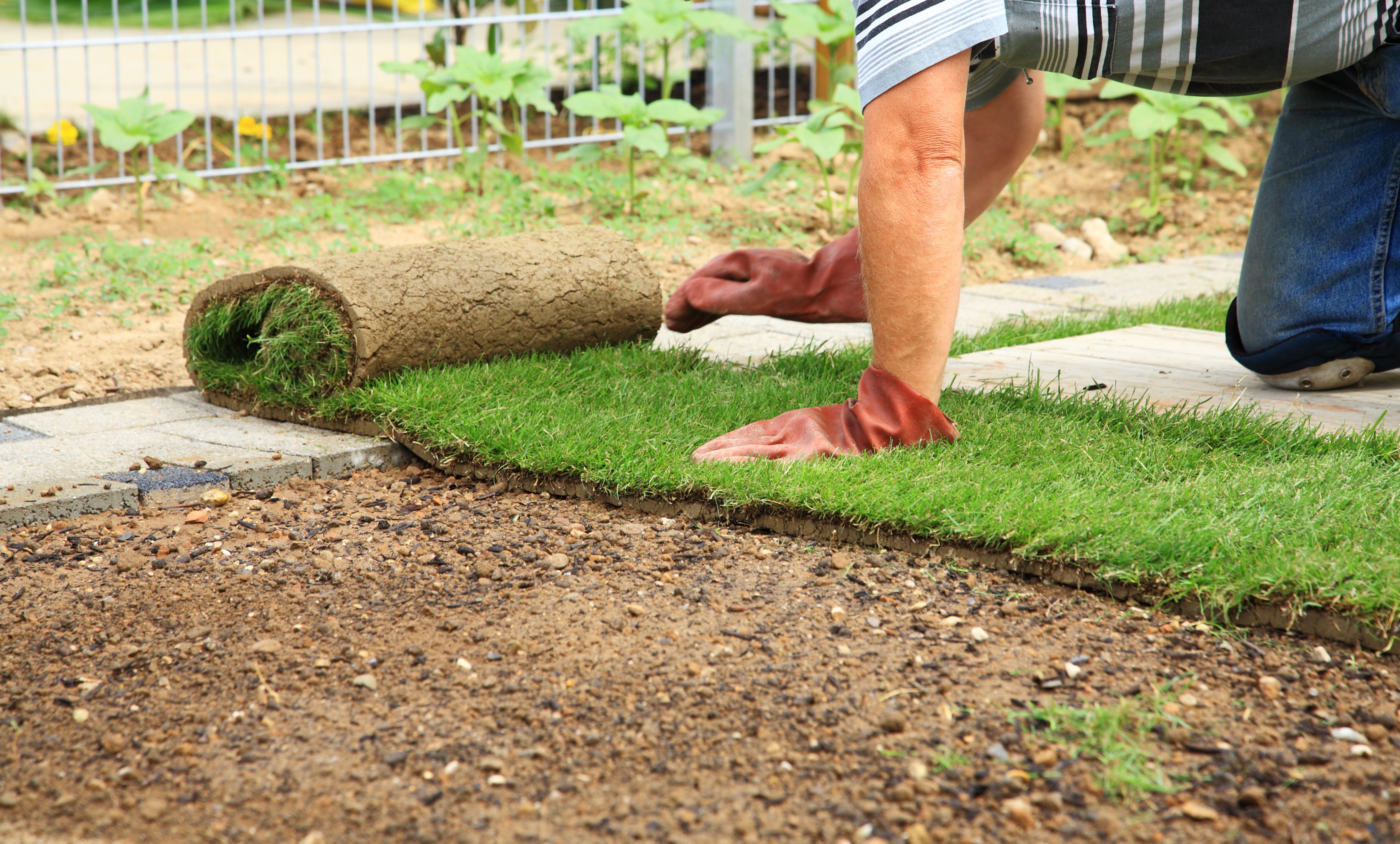
Spot common warning signs of too much nitrogen in the lawn and learn how to fix damage from overfertilizing or pet urine to keep grass green and healthy.

You can find dozens of different mushrooms in your yard, but they’re not all safe to let grow. Learn more about identifying common yard mushrooms.